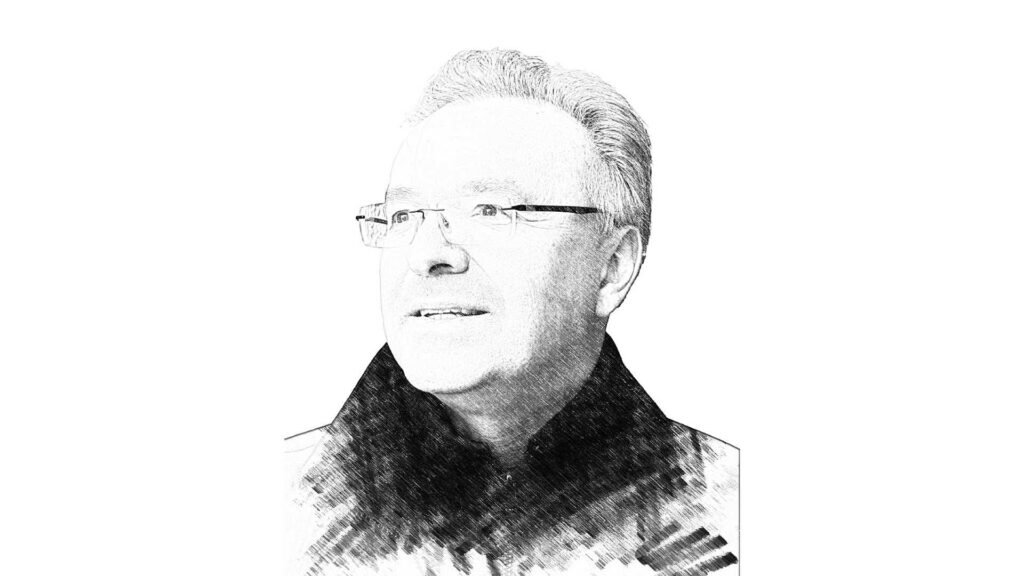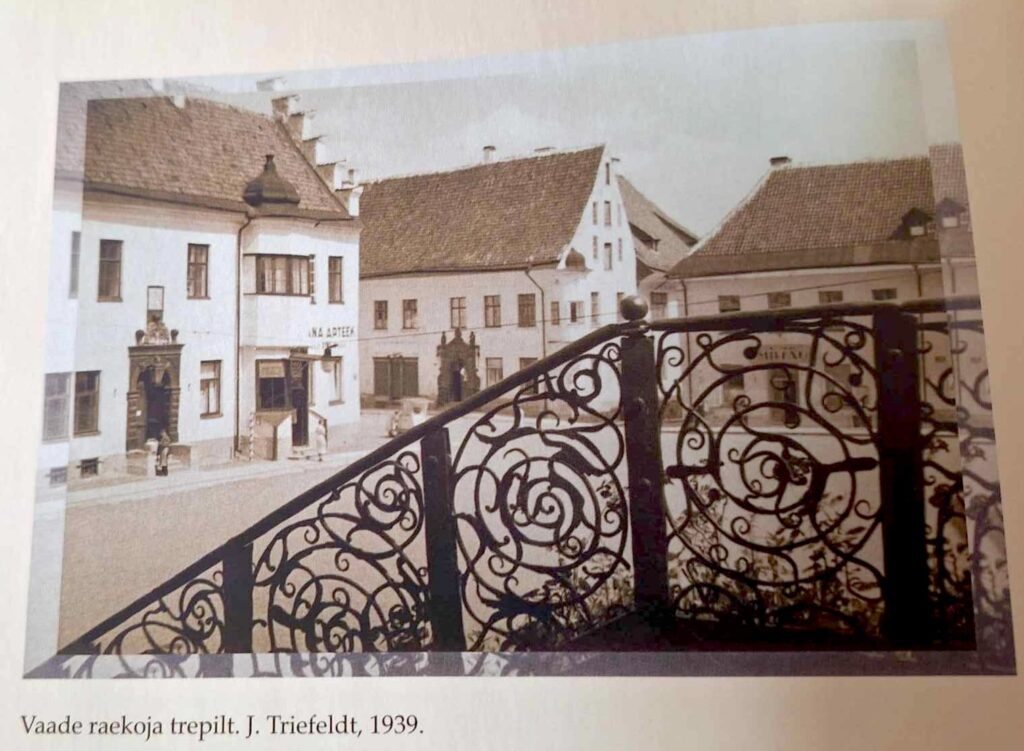
Prior to WWII, the city of Narva (located in eastern Estonia, on the river of the same name that borders Russia) was famous for its baroque style Old Town, built at the end of the 17th century — see the photos below. In 1581, Sweden seized Narva from Tsarist Russian rulers, and it was granted Swedish city rights (Karjahärm, Toomas. Old Narva: Building and People, p. 9) and became a major port.

During the 19th century industrialization process, Narva became Estonia’s foremost industrial centre. In 1857, Kreenholm Manufaktuur was established as a huge textile factory. At the time, it was one of the world’s largest textile factories. By 1913, it employed more than 10,000 workers in Narva. (Old Narva: Building and People, p. 10).
Before WWII, the city had a population of 34,000 and two thirds of this population were Estonian. In other words, although located on the traditional border with Russia, it was an Estonian city.

In 1944, during WWII, the battle between Nazi Germany and the Soviet Union for control of Narva lasted six months. It resulted in the absolute obliteration of the city. During the lengthy battle, the civilian centre of Narva was bombed by the Soviet Union.
Immediately after WWII, it was planned to rebuild the baroque Old Town. But as time passed and the 1950s arrived, the ruins of the Old Town were destroyed and modern buildings built in their stead. To secure the border between Soviet Russia and Soviet-occupied Estonia, the Soviet authorities did not allow the former residents of Narva to return to live in the city. Instead, they brought in Russian-speaking immigrants from different parts of the Soviet Union. The result is that by 2023, Estonians made up less than five percent of the town’s population of 53,600.
The students speak very good Estonian and English and go on to attend university in Tartu, Tallinn, or abroad. As the principals state, none of the best or brightest return to live in Narva.
Unfortunately, the number of people living in Narva has been decreasing every year (Narva's population was 83,000 in 1992, just after re-independence).
It’s a disturbing fact that only this year, 2024, are private capital or real estate developers building a new apartment or condo building in Narva. No new condos have been built in Narva since re-independence in 1991 (Postimees newspaper, December 22nd, 2023, „Ida-Virumaa kinnisvara halb seis võib kujuneda julgeolekuohuks“).
The author has attended a number of iterations of Kääriku Metsaülikool where principals of the leading secondary schools in Narva have brought a number of their brightest Russian-Estonian students. The students speak very good Estonian and English and go on to attend university in Tartu, Tallinn, or abroad. As the principals state, none of the best or brightest return to live in Narva.
Postimees, the leading newspaper in Estonia, very recently published a study by the Statistics Estonia showing a forecast that Ida-Virumaa (the county in which Narva is located) has the third fastest rate of population decline in Estonia. The number is minus 20% for the period 2025 to 2085. The highest decline is for the island of Hiiumaa — 21.4% (Postimees, June 15th, 2024, „Eesti rahvas vananeb ja sündimus on statistika ajaloo madalim“).

What is the future of Narva? Is there light at the end of the tunnel?
Last summer, the author attended a very “interesting” opera festival in Narva, held in the huge, run down factory complex of Kreenholm Manufaktuur. See the homepage of the 8th Narva Opera Festival that is being held this summer from August 21st to 25th. Culture is returning to Narva.
The goal is to assist the region to make the leap from an economy based on polluting oil-shale — Estonia’s version of the Alberta tar sands — to a more modern and innovative economy.
There are plenty of interesting tourist attractions, including the recently rebuilt Narva Town Hall or raekoda, tours of the huge Kreenholm Manufaktuur, the renovated Hermanni Fortress (also called the Narva Museum) and the lengthy tunnels underneath the military bastions (obscurely named the Casemates of Victoria Bastion). Perhaps they are worried about being overrun by too many tourists! So, there is something for tourists to do and see.
But before you despair, the European Union has come to the rescue of Narva and Ida-Virumaa county. The hardest hit regions of the European Union are receiving extra injections of money from the European Union’s Just Transition Fund and Ida-Virumaa is receiving a whopping 340 million EUR, or 510 million CAD, during the financing period 2021-2027. The goal is to assist the region to make the leap from an economy based on polluting oil-shale — Estonia’s version of the Alberta tar sands — to a more modern and innovative economy. It is worth noting that Ida-Virumaa county is the only region of Estonia that qualified for this grant funding.
Will this money be enough, together with new investment and innovation, to reverse Narva’s downward slide?
If all of this has depressed you, the good reader, and you need some cheering up, watch this scandalous, cheeky, and irreverent video by Estonian rapper Nublu, which will introduce you to some of the sights of Narva. It is entitled „für Oksana“.
Täismahus artikkel on loetav Eesti Elu tellijatele
Igal nädalal toome me sinuni kõige olulisemad kogukonna uudised ja eksklusiivsed lood uutelt kolumnistidelt. Räägime eestlastele südamelähedastest teemadest, kogukonna tegijatest ja sündmustest. Loodame sinu toele, et meie kogukonna leht jätkuks pikkadeks aastateks.
Hind alates $2.30 nädalas.



